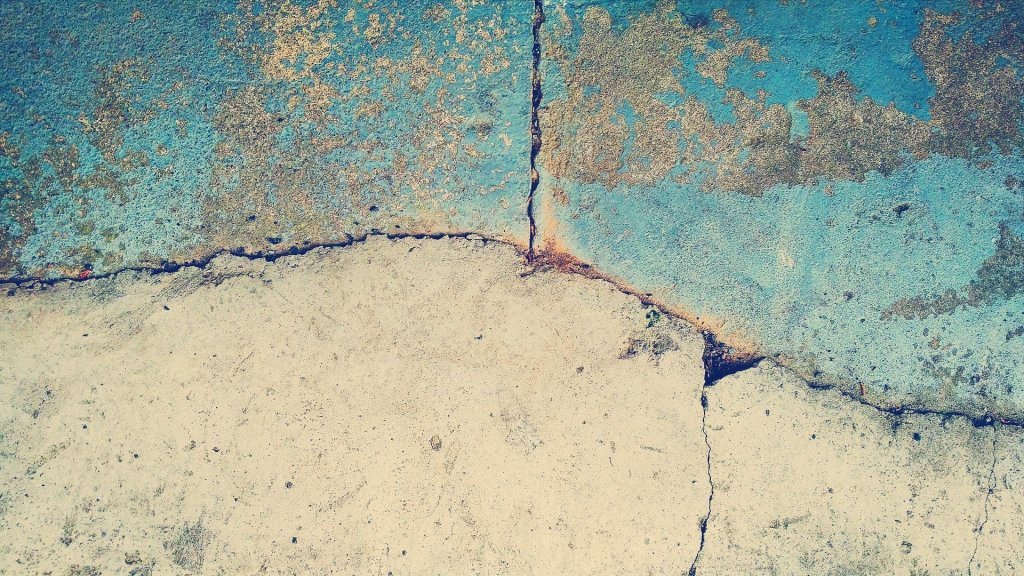Crack filling is the process of repairing longitudinal fissures in asphalt using a hot pour crack filler or hot driveway crack filler to seal the gaps and prevent water from leaking through them. To increase the period life of your driveway, the crack filler is a reasonable first step. Water can penetrate through the asphalt and into the subgrade may be reduced using crack fillers. Consequently, the number of new cracks that develop is reduced, as is the risk of subgrade failure due to the detrimental effects of moisture content, which may lead to the early loss of the surface layer if left untreated. By softening your sub-base and causing the pavement surface to stretch and ultimately fracture, water infiltration will add to the degeneration of your asphalt pavement.
Initially, the fissures must be thoroughly cleaned to remove any dirt or vegetation. Air lances, wire wheels, and blowers are just a few of the tools we utilize to get the job done well. The sealant may then be applied once the surface has been well cleaned and dried. Crafco is a significant producer of asphalt sealants in the business, and we usually utilize their products.
ASPHALT CRACKS: HOW DANGEROUS ARE THEY?
When a property owner or management notices an asphalt crack, they should take action as quickly as possible to repair the problem. Crack filling is the primary line of defense in keeping asphalt protected, and it is the most cost-effective method for a property owner to save money in the long term. Cracks in the asphalt, if left untreated, may develop into more severe issues, such as potholes. When the subbase of your asphalt breaks, you will be forced to pay thousands, which may be pretty expensive. On the other hand, Crack filling is a very inexpensive and simple method of preventing additional damage to your asphalt to keep water heaters and other appliances safe.
Remember, your parking lot may also impact the curb appeal of your building just like the shrubs on the entrance do, which is a significant element in determining sales pricing and visible property characteristics. A parking lot crack filler showing indications of neglect will harm the number of customers entering your business. A well-maintained parking lot will not only increase curb appeal but will also reduce your liability.
Whether you are the owner or management of the business, you must guarantee that the asphalt is adequately maintained so that pedestrians and cars are not exposed to possible danger. Having your pavement maintained regularly is also in your best financial interest.
It is essential to remember that cracks more minor than 1/8 inch in width cannot be filled since there is not enough breadth for the filler to pass through the gap. Furthermore, significant cracking or alligatoring regions should be corrected rather than filled with concrete.
If it is laid and maintained correctly, asphalt is a dependable and cost-effective surface that may endure for decades. Asphalt, however, will exhibit indications of wear and tear over time, just like any other material. Crack filling and sealing asphalt parking lots and roadways are two methods that may assist you in repairing and maintaining your asphalt surface. It is essential to properly treat asphalt damage to understand how the surface has been affected by the distress and which restoration technique is most appropriate for the situation.
Unfortunately, asphalt will always be vulnerable to deterioration and will deteriorate over time if not properly maintained. Pavement is exposed to the sun’s UV radiation daily, causing the asphalt to lose its vital strength and flexibility. Asphalt may become brittle and full of hairline fractures due to exposure to ultraviolet radiation, making it susceptible to water intrusion from rainfall. Asphalt may expand and contract due to the effects of ice and low temperatures throughout the winter months, resulting in further damage. Additionally, the pressure of traffic and motor oil from cars may hasten the degradation of pavement surface quality. Generally speaking, surface discomfort, which is defined as any indications of poor performance or imminent failure, may show itself in three ways:
Deflection (also known as distortion) is defined as any alteration to the pavement’s surface. Depressions, pushing, corrugations, channeling, and an unstable or weak subgrade surface may cause upheaval.
Uneven compaction, dislodging by traffic, or a connection breakdown between the asphalt binder and the aggregate particles are potential causes of disintegration in asphalt pavements.
Contracture, slippage, temperature fluctuations, moisture, and fatigue are all factors that may cause cracks in asphalt to develop.
While the cracking of an asphalt surface may be a source of concern in general, it can be particularly concerning when it occurs regularly.
ASPHALT CRACK REPAIR TECHNIQUE
While we realize that property owners and managers may wish to repair asphalt themselves to save money, we highly advise that you first contact a professional pavement care firm. We can determine the actual damage, the source of the damage, and the most suitable repair option.
When it comes to crack filling, Full Pallet Right Pointe Crack Sealant (1,800 lbs) utilizes a rubberized crack filler and offers a variety of advantages, including:
Crack filling is cost-effective since it lowers the long-term expense of maintaining asphalt. Aside from that, crack patching has a low average initial investment and is eventually 20 to 30 times less costly than replacing neglected asphalt.
Crack filling may increase the life of a pavement by as much as two decades if done correctly and regularly.
The look of your parking lot is improved due to crack filling, ensuring that your customers and workers stay pleased and uninjured at all times.
Resistant to Water Penetration: Crack filling helps avoid additional asphalt deterioration by reducing the amount of water that may permeate the pavement.
Our crack filling services are available for almost all asphalt surfaces, including roads and highways, parking lots, and airport runways.

